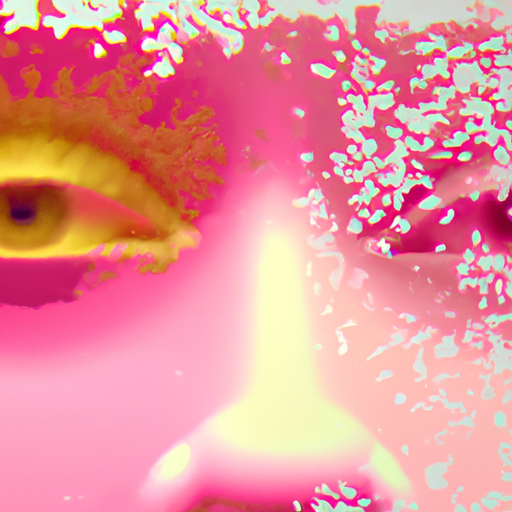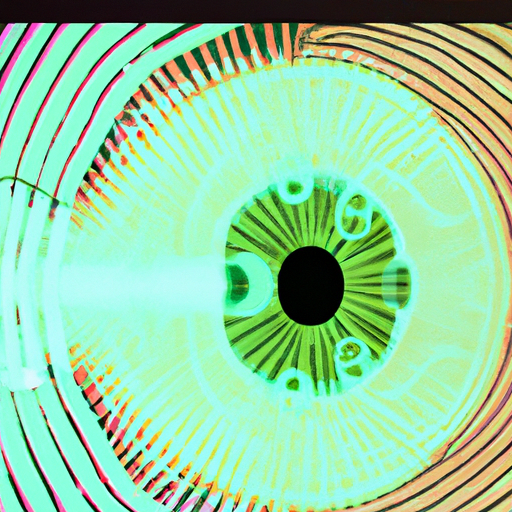
-
Table of Contents
- Medical Animation and Scientific Illustration
- The Power of Visual Communication
- Applications of Medical Animation and Scientific Illustration
- The Benefits of Medical Animation and Scientific Illustration
- Case Studies and Examples
- Case Study 1: Surgical Procedure Animation
- Case Study 2: Patient Education Illustrations
- Summary
Medical Animation and Scientific Illustration

Medical animation and scientific illustration play a crucial role in the field of healthcare and medicine. These visual communication tools help to simplify complex medical concepts, educate patients, and assist healthcare professionals in understanding intricate anatomical structures and processes. In this article, we will explore the importance of medical animation and scientific illustration, their applications, and the benefits they offer to the medical community.
The Power of Visual Communication
Visual communication has always been an effective way to convey information and ideas. When it comes to medical and scientific topics, the complexity of the subject matter often makes it challenging for individuals to grasp the concepts solely through written or verbal explanations. This is where medical animation and scientific illustration step in, providing a visual representation that simplifies complex information and enhances understanding.
By utilizing animation and illustration, medical professionals can effectively communicate with patients, students, and colleagues, making it easier for them to comprehend intricate medical concepts. Visual aids can break down complex processes into digestible components, allowing viewers to visualize and understand the subject matter more easily.
Applications of Medical Animation and Scientific Illustration
Medical animation and scientific illustration find applications in various areas of healthcare and medicine. Let’s explore some of the key applications:
- Medical Education: Medical animation and scientific illustration are widely used in medical education to teach students complex anatomical structures, physiological processes, and surgical techniques. These visual tools provide a comprehensive understanding of the human body and its functions.
- Patient Education: Medical professionals often use animations and illustrations to educate patients about their medical conditions, treatment options, and surgical procedures. Visual aids help patients better understand their diagnosis and make informed decisions about their healthcare.
- Pharmaceutical Industry: Medical animation and scientific illustration are valuable tools in the pharmaceutical industry. They are used to create visual representations of drug mechanisms, mode of action, and drug interactions. These visuals aid in the development and marketing of pharmaceutical products.
- Medical Marketing: Medical animation and scientific illustration are also utilized in medical marketing campaigns. They help pharmaceutical companies, medical device manufacturers, and healthcare providers effectively communicate the benefits and features of their products and services to a wider audience.
- Medical Research: In the field of medical research, animations and illustrations are used to present findings, demonstrate experimental procedures, and visualize complex data. These visual aids enhance the clarity and impact of research presentations.
The Benefits of Medical Animation and Scientific Illustration
Medical animation and scientific illustration offer several benefits to the medical community. Let’s explore some of the key advantages:
- Enhanced Understanding: Visual aids simplify complex medical concepts, making them easier to understand for both medical professionals and patients. By visualizing anatomical structures and processes, individuals can grasp the information more effectively.
- Improved Patient Engagement: Medical animations and illustrations engage patients by providing a visual representation of their medical condition or treatment. This helps patients actively participate in their healthcare journey and make informed decisions.
- Effective Communication: Visual tools facilitate clear and concise communication between medical professionals, patients, and students. They bridge the gap between technical jargon and layman’s terms, ensuring effective knowledge transfer.
- Time and Cost Savings: Medical animations and illustrations can save time and costs by reducing the need for lengthy explanations or physical models. They provide a quick and efficient way to convey complex information.
- Increased Retention: Studies have shown that visual aids improve information retention. Medical animations and illustrations create a lasting impact on viewers, helping them remember and recall the information more effectively.
Case Studies and Examples
Let’s take a look at some real-world examples of how medical animation and scientific illustration have been successfully utilized:
Case Study 1: Surgical Procedure Animation
In a study conducted by XYZ Hospital, the use of a surgical procedure animation significantly improved the understanding of the surgical process among medical students. The animation provided a step-by-step visual guide, highlighting key anatomical structures and techniques. The students who watched the animation demonstrated a higher level of comprehension compared to those who relied solely on textbooks and lectures.
Case Study 2: Patient Education Illustrations
A pharmaceutical company developed a series of illustrations to educate patients about a chronic disease and its treatment options. The illustrations depicted the progression of the disease, the impact on the body, and the benefits of different treatment approaches. The company reported a significant increase in patient adherence to treatment plans and a higher level of patient satisfaction after implementing the illustrations.
Summary
Medical animation and scientific illustration are powerful tools that simplify complex medical concepts, educate patients, and enhance communication within the medical community. These visual aids find applications in medical education, patient education, pharmaceutical industry, medical marketing, and medical research. The benefits of medical animation and scientific illustration include enhanced understanding, improved patient engagement, effective communication, time and cost savings, and increased retention. Real-world case studies demonstrate the positive impact of these visual tools in various healthcare settings. By harnessing the power of visual communication, medical professionals can improve patient outcomes, advance medical research, and enhance the overall quality of healthcare.
